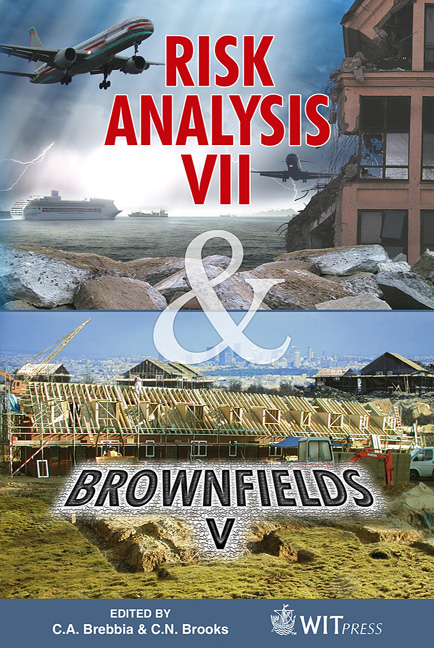Oxidative Stress In Microorganisms Exposed To Iron Nanoparticles
Price
Free (open access)
Transaction
Volume
141
Pages
11
Page Range
97 - 107
Published
2010
Size
2,894 kb
Paper DOI
10.2495/BF100091
Copyright
WIT Press
Author(s)
A. Sevcu & M. Cernik
Abstract
Engineered iron nanoparticles, with sizes smaller than 100 nm, have been of high concern because of their promising capability in environmental remediation. Nanoparticles based on zero-valent iron (nZVI) have the potential not only to migrate in the environment and interact with pollutants but also influence the living organisms by direct impact or by changes of groundwater parameters. The basis of many food chains is dependent on the benthic and soil flora and fauna. In general, nZVI can significantly influence the soil microbial diversity, interact with ions in the soil, form non-toxic complex salts and/or be adsorbed. Moreover, nanoparticles could have indirect effect on microorganisms via changes in bioavailability of essential compounds. Iron can convert less reactive hydrogen peroxide to more reactive oxygen species (ROS) via the Fenton reaction. ROS that includes superoxide radicals or hydrogen peroxide are also generated as a by-product of aerobic metabolism, because aerobic organisms use oxygen as a terminal electron acceptor when producing energy. Mitochondrial electron transport reduces 95% of O2 to water, but the remaining 5% of O2 is reduced to superoxide radical. Unnaturally elevated concentrations of ROS in microbial cell can result in a situation known as the oxidative stress. Production of ROS constitutes a severe risk to photosynthetic organisms such as cyanobacteria and algae, because a common source of superoxide radicals is photosynthesis. Mitochondria and chloroplasts have intensive electron fluxes which also contain higher oxygen and metal ion concentrations and therefore both organelles are more vulnerable to oxidative stress. Keywords: nanotoxicology, zero-valent iron nanoparticles, oxidative stress, reactive oxygen species.
Keywords
nanotoxicology, zero-valent iron nanoparticles, oxidative stress, reactive oxygen species




